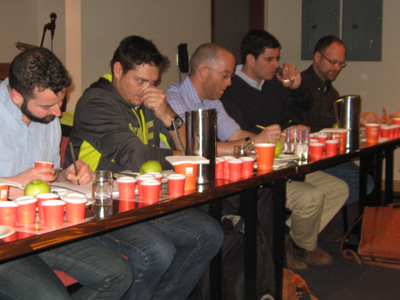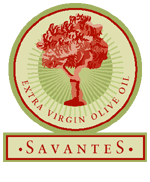There are many reasons given for the current oversupply of olive oil around the world – tariffs, trade agreements, loss of consumer confidence and the ubiquitous absence of educated consumers. Most of these are out of the control of the producers.
Contributing to this oversupply is declining or stagnant consumption in the main consuming countries – Spain, Italy, Greece and the USA.

There is one consideration which we observe in tasting extra virgin olive oils in Savantes programmes which does not get much attention. That is the question of whether the drive for quality defined by chemical parameters is producing a robust and bitter style and flavour of extra virgin olive oil which consumers do not like.
We ask the questions whether the laboratory is replacing the palate of consumers as the measure of demand?
Is our promotion of the ‘healthiest’ olive oils resulting in products so high in biophenoils that few are consuming them thereby getting no health benefit at all?
Analysis of the occupations and employment of most of the judges in the better recognised competitions around the world shows that most are employed by institutions, or consultants who previously worked for institutions. We suggest most are looking for technical excellence, not consumability.
There is no competition that we know of where the oils are judged entirely by consumers.
There are some compelling reasons for harvesting olives earlier, resulting in extra virgin olive oils which are more bitter and peppery than later harvested oils. More efficient mechanical harvesting and avoiding the impact of frost and disease are some of the reasons. The result is greener oils and lower yields – giving intense and more expensive oils.
Instead of deferring the cause of the decline in consumption to the acts of third parties, we should look at the impact of our own push to produce oils high in biophenols more akin to medicine than a tasty, versatile, affordable food ingredient.
Let’s leave the laboratory and return to the palate to assess the preference of consumers.
This article was written by Simon Field, Founder of Savantes and published on LinkedIn (Follow Savantes on LinkedIn)

